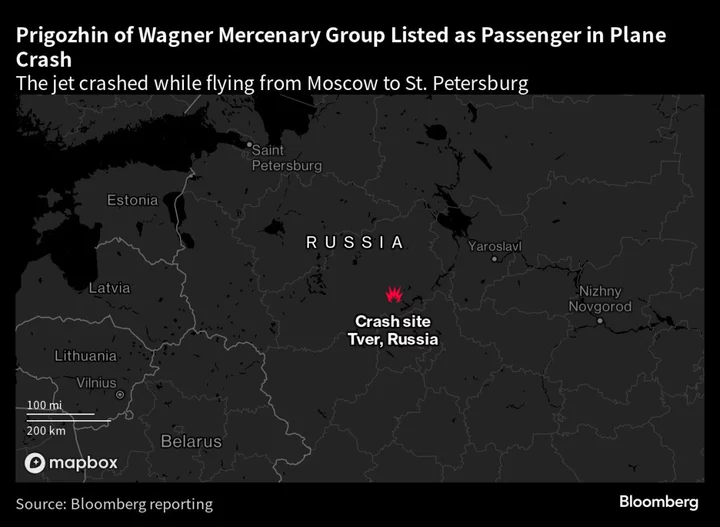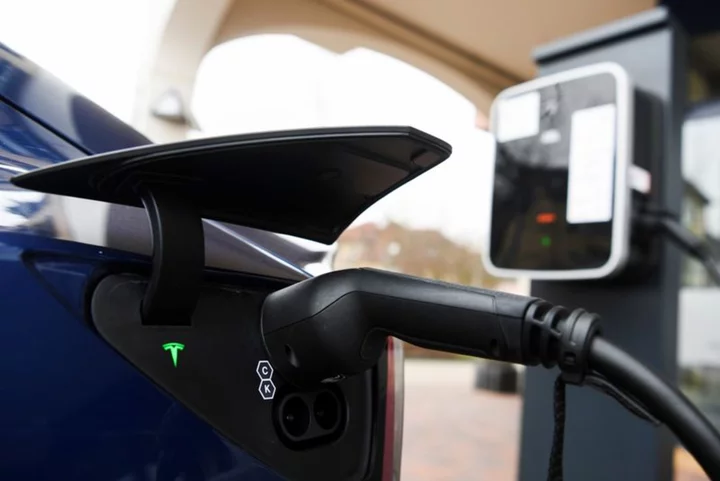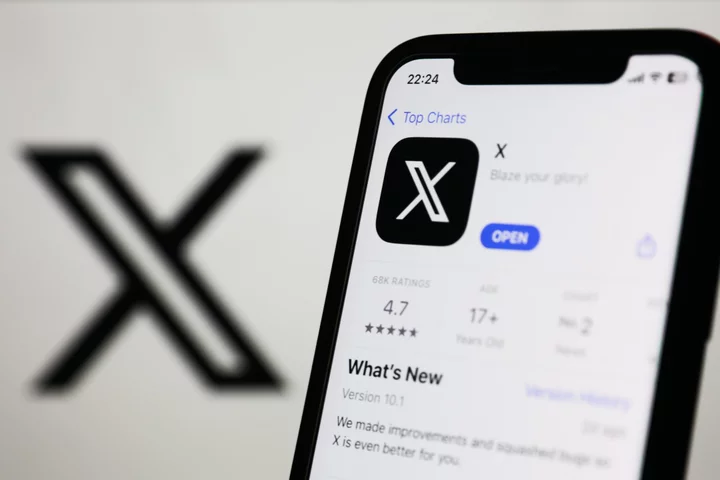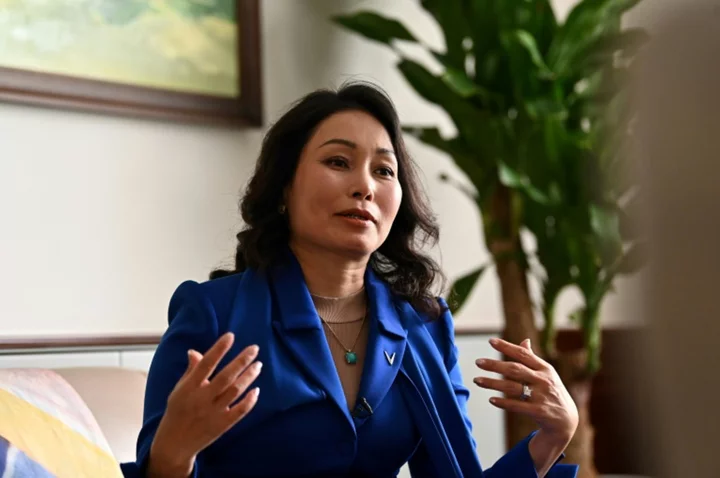Zimbabweans frantically trying to protect their savings from a collapsing currency have driven the country’s main stock index up by 600% this year. Local traders see more gains in store because there are few alternative assets to buy.
Zimbabweans often turn to equities as a haven from currency meltdowns and episodes of hyperinflation, as happened in June 2020 when the inflation rate reached 837%. The bourse in Harare, the capital, briefly halted trading on Tuesday when the jump in the all-share index breached a 10% limit introduced in April, the second time that’s happened.
“There is some liquidity in the market, that’s why the surge is there,” Thedias Kasaira, managing director at Imara Edwards, the nation’s oldest brokerage, said by phone. “The exchange rate has been going one way and we are expecting this trend to continue.”
The local currency slumped almost 60% last month alone. While a US dollar is officially worth 3,673 Zimbabwe dollars, the greenback changes hands on the black market at 3,900 to 4,300, according to ZimPriceCheck.com, a website that monitors exchange rates.
Authorities have tried to curb the currency’s slide, introducing gold coins last year as a store of value and unveiling a bullion-backed digital currency last month. Those assets are more popular with pension fund managers, who are required to include them in their portfolios and who have longer investment timelines than ordinary Zimbabweans, Kasaira said.
The latest share-buying frenzy has pushed the capitalization of the local stock market to about $2 billion. That’s still well short of the $4 billion level the market was valued at from 2016 to 2022, according to Harare brokerage IH Securities.
Zimbabwe on Tuesday announced fresh steps to liberalize its foreign-exchange market, while the central bank raised its benchmark interest rate — already the world’s highest — to 150% from 140%, in the latest measures aimed at stabilizing the currency and reining in inflation.
(Adds market capitalization, latest policy moves in final paragraphs.)









